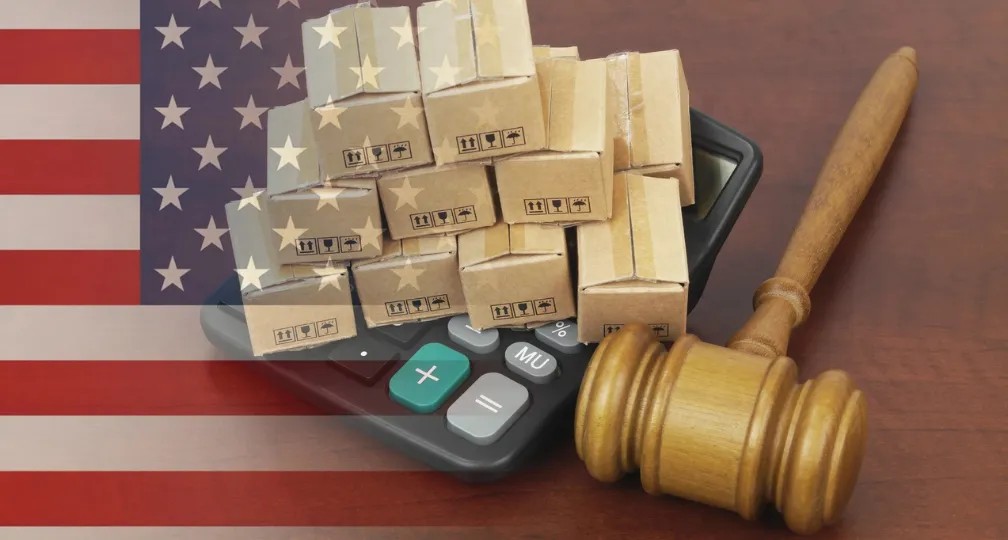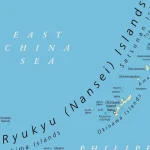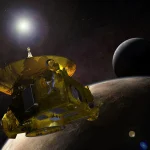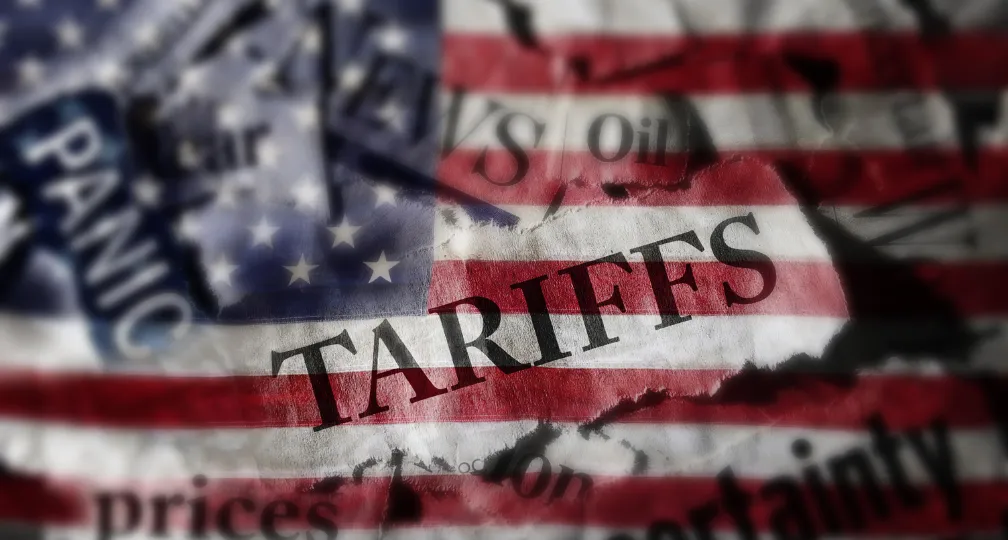Japan has much to learn from Taiwan’s countering of China’s sharp power

project researcher, Institute for Advanced Studies on Asia, the University of Tokyo
For four days between Aug. 4 and 7, China conducted a series of large-scale military exercises around Taiwan, in protest against U.S. House Speaker Nancy Pelosi’s visit to the island on Aug. 2 and 3.
Despite the exercises having concluded, Beijing has repeatedly deployed military aircraft and warships in the airspace and sea area across the so-called median line of the Taiwan Strait in an apparent attempt to make demonstrative behavior against Taiwan an everyday matter.
In Japan, news of the military drills and China’s ballistic missiles falling into Japan’s claimed exclusive economic zone (EEZ) were reported almost every day in August. People also showed a strong interest in news reports that digital signage at several railway stations and 7-Eleven stores in Taiwan had been taken over by Chinese hackers.
On the other hand, Taiwanese President Tsai Ing-wen avoided making any public comment on Pelosi’s trip prior to her arrival, and while she denounced China’s exercises, she appeared to have shown a restrained response.
It was also reported that citizens in Taiwan were not distressed by the drills and continued to lead a normal life. Some people were even said to have visited Pingtung county and the Liuqiu Island — the closest areas to where the exercises had been held — to see the drills.
The Tsai administration, meanwhile, has actively been livestreaming visits by foreign dignitaries from countries like the United States, including Pelosi, on social media to demonstrate it is winning the support of the international community.
Taiwan’s armed forces also shot down one of many unidentified civilian drones that had been hovering over Taiwan-controlled islands following the drills. This was the first “counterattack” conducted by the Tsai administration, which had been extremely careful since its launch in 2016 not to provoke Beijing.
With the drills, Japan is now facing the risk of a situation once pointed out by former Prime Minister Shinzo Abe — “A Taiwan contingency is a contingency for Japan” — becoming reality.
As a matter of fact, it has been reported that Chinese President Xi Jinping himself decided to let ballistic missiles, launched by the military during the drills, fall in Japan’s claimed EEZ.
In the first place, Beijing’s “gray zone” tactics against Japan — including the continuous intrusion by Chinese government vessels into Japan’s territorial waters surrounding the Senkaku Islands and Chinese navy ships circumnavigating the Japanese archipelago — overlap with the tensions in China-Taiwan relations.
Japan will also need to hold higher-level discussions on an evacuation plan for Japanese nationals in Japan and Taiwan in case of a Taiwan contingency.
This raises the question of how Japan should evaluate and learn from the way the Taiwanese government and its people reacted to the Chinese drills.
U.S.-Taiwan cooperation
Let us first look back at how the drills were announced.
In late July, during a call with U.S. President Joe Biden, Xi reportedly gave a warning in reference to Taiwan, saying “Those who play with fire will eventually get burned.”
Many expected Beijing would definitely take some action if Pelosi visited Taiwan.
Considering the scale of the drills and the timing of the announcement, it appears Beijing moved up the schedule of its military plan.
Despite that, the Tsai administration reacted in a reserved manner. The U.S. also went only as far as sending two guided-missile cruisers to pass through the Taiwan Strait on Aug. 27 following the Chinese drills.
From the standpoint of the Tsai administration, it had not at all been in a position to refuse Pelosi’s visit. Rather, the administration must have thought about how best to respond to anticipated military pressure by cooperating with the White House.
The U.S. also showed understanding of Taiwan’s aforementioned attack on a drone in the wake of the drills.
Following Pelosi’s visit, through early September many U.S. politicians visited the island, including Sen. Ed Markey, Indiana Gov. Eric Holcomb, Sen. Marsha Blackburn, Arizona Gov. Doug Ducey and Congresswoman Stephanie Murphy, who led a bipartisan delegation.
It is highly likely that the Tsai administration shot down the drone after making sure the U.S. was on the same page regarding the issue.
Preparing for sharp power
How did Taiwan manage to be effectively prepared for the situation?
Since 2013, the Taiwanese government has banned procurement of China-made components by government agencies and for building telecommunications infrastructure.
In January 2019, it also prohibited the use of Chinese parts in infrastructure for transportation, energy, information and communication science, finance, government agencies, national security, medicine and hygiene, and consumer use.
Therefore, during the Chinese drills, Taiwan’s government agencies and key infrastructure did not suffer any damage like takeovers by hackers.
Meanwhile, China’s sharp power — the conducting of information operations for hostile purposes — spread in Taiwanese society, brought about by exchanges between China and Taiwan amid deepening economic interdependence under the Tsai administration.
The moves include the dissemination of fake news through Taiwan’s pro-Beijing media outlets and social media platforms, and associations involved in China-Taiwan exchange programs and Taiwanese companies doing business in China conducting influence operations within the island.
The Tsai administration started focusing on the impact of disinformation following the pro-independence ruling party’s major defeat in the 2018 local elections. It strengthened monitoring and actively sent out results of fact-checking.
Concerning the Chinese drills, in the morning of Aug. 6, China’s state-run Xinhua News Agency released a photograph that depicted a soldier aboard a Chinese People’s Liberation Army warship approaching the Taiwan coast observing a Taiwanese frigate with binoculars.
The following day, Taiwan’s defense ministry denounced it as “disinformation,” saying no Chinese navy ship had entered Taiwan’s territorial waters during the exercises. Fact-checking experts claimed the picture appeared to be doctored.
In regards to the four Chinese ballistic missiles that are believed to have flown over Taiwan’s main island, the Tsai administration initially refrained from disclosing the information, as the missiles flew above the Karman Line, considered the boundary between the atmosphere and outer space, and were not viewed to be in Taiwan’s airspace.
The administration apparently avoided upsetting the public. However, after Japan’s Defense Ministry announced the flight path of the four missiles that were believed to have flown over Taiwan before landing in Japan’s claimed EEZ, the Taiwanese government additionally said that the missiles flew high into the atmosphere and constituted no threat to the island, explaining the reason why there was no need to issue missile alerts or use the anti-ballistic missile defense system to intercept them.
Foreign media outlets and researchers must have wondered why the citizens of Taiwan remained so calm during the drills.
This was partly because the Tsai administration took measures to ensure people stayed calm, such as refraining from disclosing the launch of the missiles and having Tsai attend a tourism promotion event.
Probably the most important point was that many people in Taiwan are aware of the situation in which Taiwan is constantly under pressure from China.
China’s cyberattacks and disinformation campaigns are a part of everyday life for Taiwanese people, and not a few citizens take measures to avoid being influenced and share the information with the government.
In the case of the photograph released by Xinhua, a local whale-watching boat operator questioned the authenticity of the photo in a social media post, saying there were no sightings of Chinese warships reported among fishermen or whale-watching boat operators that day.
Implications for Japan
A series of incidents related to the Chinese drills indicate an urgent need for Japan to work on creating a system to respond to China’s sharp power.
The close economic interdependence between Japan and China could be used by Beijing to exert sharp power over Japan just like it does with Taiwan.
Japan continues to use Chinese-made components for a wide range of infrastructure equipment, which means they are vulnerable to Chinese cyberattacks.
Measures such as fact-checking to respond to fake news are not sufficient, meaning there is a fear that even media organizations and experts may blindly fall for disinformation.
In fact, Japanese media outlets like Asahi Shimbun and Tokyo Shimbun used in their reports the aforementioned photo distributed by Xinhua, and Sankei Shimbun published a Kyodo News article that came with the photo.
Meanwhile, there is the issue of some Taiwanese media organizations and academics swaying public opinion excessively to believe Japan would counter China to protect Taiwan.
According to an opinion poll released by the Taiwanese Public Opinion Foundation on March 22, while 34.5% of respondents believed the U.S. military would help defend Taiwan in the event of China’s invasion and 55.9% don’t believe so, 43.1% believe the Self-Defense Forces would come to defend the island and 48.6% think they would not get involved.
The gap between many Taiwanese people’s understanding that the SDF would directly intervene in a Taiwan contingency and the Japanese people’s perception could consequently bring about confusion in the Japan-Taiwan relationship.
The Japanese government should swiftly build a system to cope with China’s sharp power in cooperation with the private sector.
Japan has been working with Taiwan to deal with issues related to media literacy and cybercrimes under the Global Cooperation and Training Framework — a platform for Japan, the U.S. and Taiwan to discuss issues of common interest in the region — but it has now become necessary for Japan to more actively exchange views with Taiwan on how to counter China’s sharp power.
How Taiwan responded to the crisis concerning the Chinese military exercises provides a clue for Japan in strengthening its national security.
Japan must look at Taiwan not only within the context of cross-Strait relations but also as a role model for boosting national security capabilities.
(Photo Credit: Reuters / Aflo)
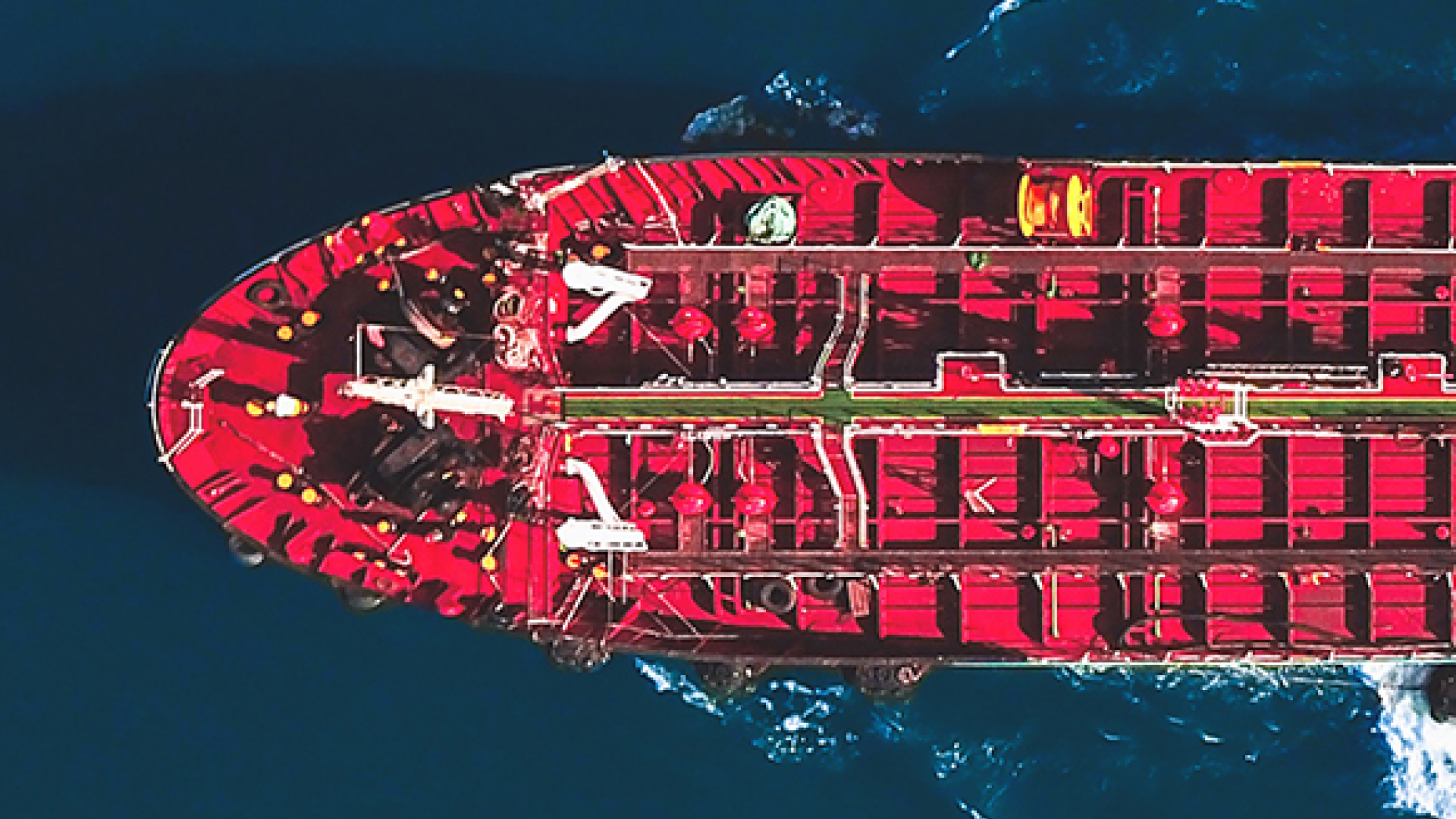
Geoeconomic Briefing
Geoeconomic Briefing is a series featuring researchers at the IOG focused on Japan’s challenges in that field. It also provides analyses of the state of the world and trade risks, as well as technological and industrial structures (Editor-in-chief: Dr. Kazuto Suzuki, Director, Institute of Geoeconomics (IOG); Professor, The University of Tokyo).
Disclaimer: The opinions expressed in Geoeconomic Briefing do not necessarily reflect those of the International House of Japan, Asia Pacific Initiative (API), the Institute of Geoeconomics (IOG) or any other organizations to which the author belongs.
-
 Analysis: Ready for a (Tariff) Refund?2025.12.24
Analysis: Ready for a (Tariff) Refund?2025.12.24 -
 China, Rare Earths and ‘Weaponized Interdependence’2025.12.23
China, Rare Earths and ‘Weaponized Interdependence’2025.12.23 -
 Are Firms Ready for Economic Security? Insights from Japan and the Netherlands2025.12.22
Are Firms Ready for Economic Security? Insights from Japan and the Netherlands2025.12.22 -
 Is China Guardian of the ‘Postwar International Order’?2025.12.17
Is China Guardian of the ‘Postwar International Order’?2025.12.17 -
 Japan-India Defense in a Fragmenting Indo-Pacific2025.12.10
Japan-India Defense in a Fragmenting Indo-Pacific2025.12.10
 The “Economic Security is National Security” Strategy2025.12.09
The “Economic Security is National Security” Strategy2025.12.09 The Tyranny of Geography: Okinawa in the era of great power competition2024.02.09
The Tyranny of Geography: Okinawa in the era of great power competition2024.02.09 Event Report: The Trump Tariffs and Their Impact on the Japanese Economy2025.11.25
Event Report: The Trump Tariffs and Their Impact on the Japanese Economy2025.11.25 The Real Significance of Trump’s Asia Trip2025.11.14
The Real Significance of Trump’s Asia Trip2025.11.14 A Looming Crisis in U.S. Science and Technology: The Case of NASA’s Science Budget2025.10.08
A Looming Crisis in U.S. Science and Technology: The Case of NASA’s Science Budget2025.10.08


